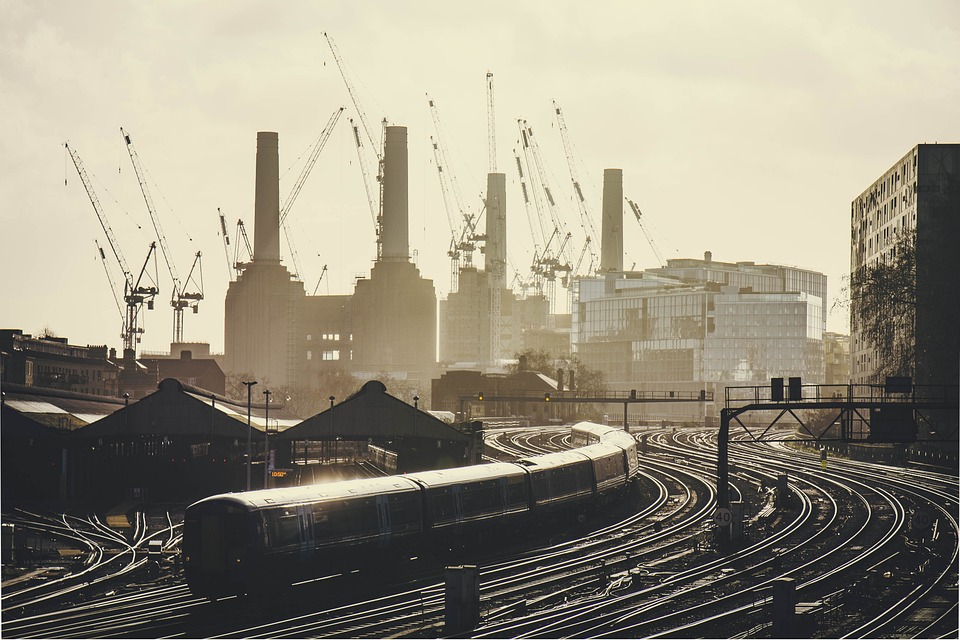
New York’s political landscape is both diverse and complex, with a wide range of ideologies and interests shaping the state’s political scene. From the bustling streets of New York City to the rolling hills of upstate, New York’s political landscape is a dynamic mix of urban and rural, liberal and conservative, and everything in between.
At the heart of New York’s political scene is New York City, the most populous city in the United States and a liberal stronghold. The city’s diverse population, vibrant culture, and progressive values have a significant impact on the state’s politics, often pushing the state in a more liberal direction. As a result, the city is home to a number of influential politicians and political groups that champion issues such as LGBTQ rights, immigration reform, and environmental protection.
In contrast, upstate New York is home to a more conservative, rural population that often feels overlooked and underrepresented in state politics. This divide between upstate and downstate has been a long-standing issue in New York politics, with upstate residents often feeling that their concerns are overshadowed by the priorities of New York City politicians.
In recent years, however, there has been a shift in the state’s political landscape, with a number of progressive candidates and policies gaining traction across the state. This shift has been driven in part by grassroots movements and the increasing influence of young, diverse, and politically engaged residents who are demanding change and pushing for a more inclusive and progressive political agenda.
One of the most significant developments in New York’s political landscape in recent years has been the rise of the Democratic Socialist movement, led in part by politicians such as Rep. Alexandria Ocasio-Cortez and State Sen. Julia Salazar. These politicians and their allies have successfully pushed for bold, progressive policies such as the Green New Deal, Medicare for All, and criminal justice reform, energizing a new generation of voters and reshaping the political conversation in the state.
At the same time, New York’s political landscape has also been marked by leadership scandals and corruption, with high-profile cases such as the conviction of former Assembly Speaker Sheldon Silver and former Senate Majority Leader Dean Skelos. These scandals have eroded public trust in the state’s political establishment and have fueled calls for greater transparency and accountability in state government.
Looking ahead, New York’s political landscape is likely to continue evolving, with demographic shifts, changing economic realities, and ongoing social and political movements shaping the state’s political future. As the state grapples with pressing issues such as affordable housing, healthcare access, and climate change, the political choices made in the coming years will have a profound impact on the lives of New Yorkers for generations to come. It is clear that New York’s political landscape is in a state of flux, and the choices made by its leaders and residents will determine the direction of the state for years to come.







